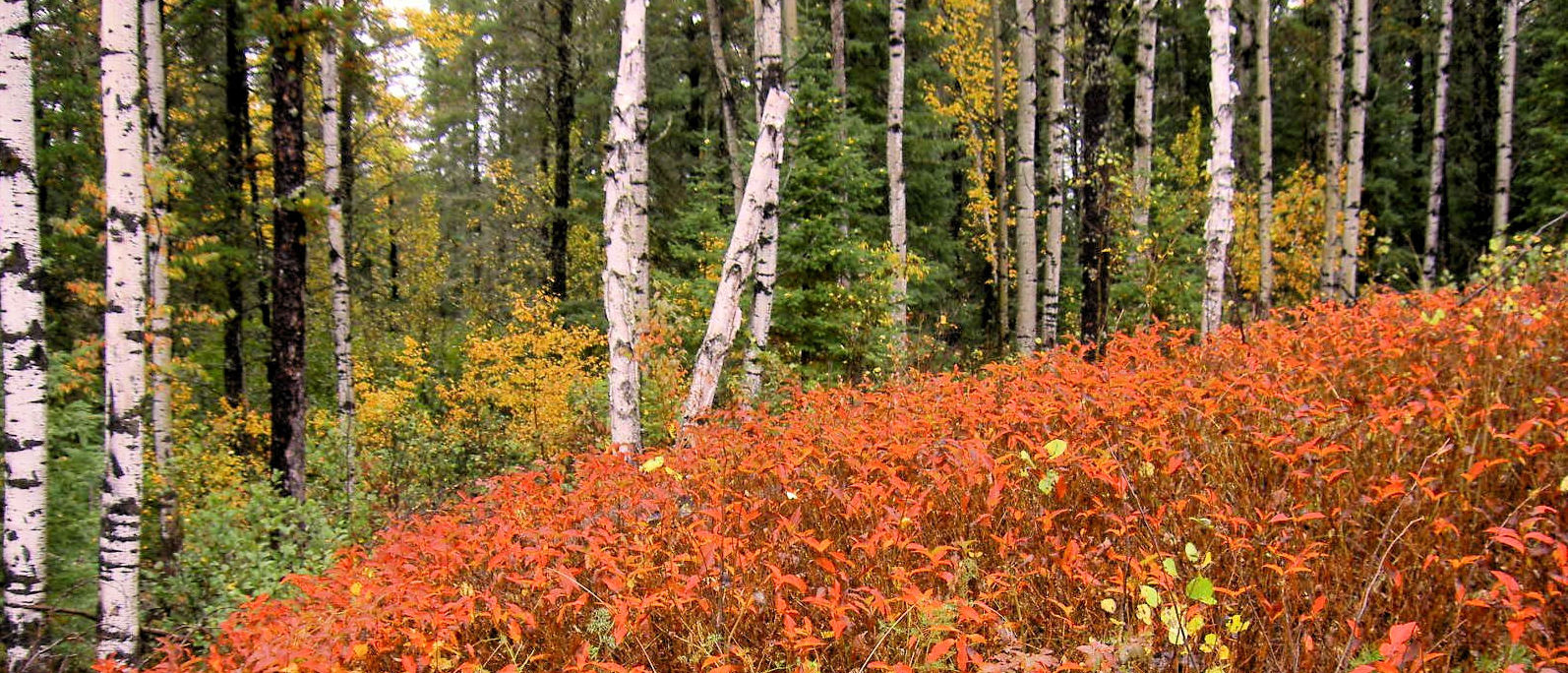August 9, 2024

We picked a fine day to book with Sail Superior. At 11:00 a.m., we gathered at Pier 3 in the Marina, all seven of us.
The first step was our group photo. Nikko and Joshua herded us onto the dock in front of the Frodo, a single-masted monohull, and a cameraman was recruited to snap us.

After the safety lecture, each of us climbed aboard (with assistance) and seated ourselves in one of the two wells. Someone cast us off (doesn’t that sound nautical?) and Nikko, captain-in-training, started an outboard engine and took the helm to guide us into the open sea (well, into the inner harbour, okay?). The breeze raised a slight chop. Joshua, captain, standing behind the mast, raised the sheet and the wind caught the wing (okay, okay, the sail), and we took off.



To the left, looking north, we found the view dominated by a structure that I knew was now abandoned. It was the foremost reason that the Lakehead became a leading port in Canada. It was the site of the Lakehead’s first grain elevator.


1. Manitoba Pool 2. In 1883, the Canadian Pacific Railway built a huge wooden elevator with square bins. In 1903, the wooden bins were demolished and replaced with the round concrete silos which still stand today. As ownership changed, the elevator was known as the King, the Horn, the Gillespie, and finally as Manitoba Pool 2. It was decommissioned in 1977.
I fully expected this cruise to occur around the inner harbour. But Nikko headed for the breakwall. And then through the breakwall. Passing, of course, through a gap or entrance into the inner harbour. The breeze and the chop were more pronounced. If anyone felt queasy, they were encouraged to grab a rope or a chock (I don’t know if that’s the correct term for one of the projections around which or through which a rope passes).


2. Thunder Bay Main Lighthouse & Breakwall. In 1940, the old breakwall was removed, and the present one as well as the lighthouse built. The original structure was a square wooden tower, painted white, with a fixed red light. It was known as Port Arthur Lighthouse. The original breakwall was closer to shore, in 18 feet of water. Over time, larger freighters with deep drafts required a deeper inner harbour. In 1940, the new wall was built in 24 to 32 feet of water, several hundred metres to the east. Currently there is over 4 miles of breakwall, with three gaps or entrances.

It never occurred to us that a harbour cruise included the outer harbour, the great bay itself. The wind whipping past our ears was refreshing, not intimidating. I expressed a wish to see Bare Point; Joshua said we would see it, not visit it. And, from a distance, there was little to see.


3. Bare Point. This landform became newsworthy in 1904 when the Grand Trunk Pacific Railway considered putting its terminus there. The GTPR planned to deliver prairie grain to Lake Superior for transshipment by boat. In 1905, the new railway turned the first sod in Fort William, not Port Arthur. In 1909, James Whelan established the Lakehead’s first shipyard there. In 1913, the first water treatment plant for Port Arthur was constructed. In 2007, Bare Point became the sole intake of the Lakehead’s water system after intake from Loch Lomond was discontinued.

Joshua prepared to turn the boat around. His moves and shouts to Nikko were incomprehensible to us, but we each found a grip that we were satisfied would not pitch us into the water. Soon the sail was flapping and the boat was turning to the right (starboard. Hey, I got that right). When the prow was pointed more or less south, the sail filled and grew taut again.
Eagerly we awaited the next phase of the cruise.
[Continued in Part 2]

